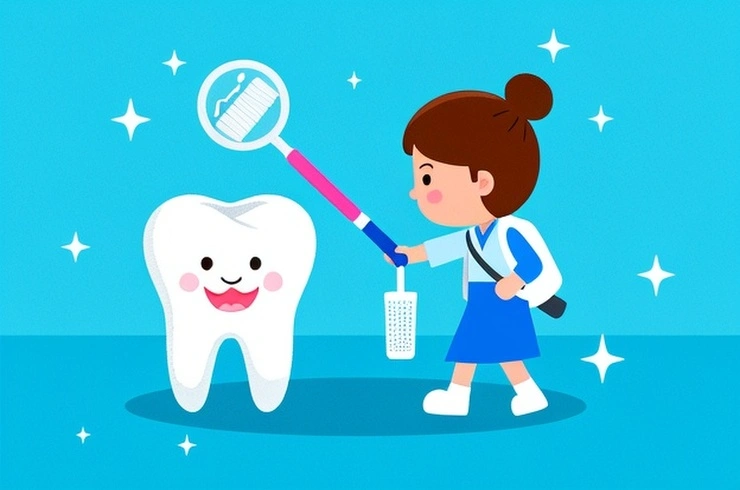
Our mouths are home to various bacteria, some of which feed on sugars and starches from our diet, converting them into acids. This acid then attacks the outer layer of our teeth, the enamel. If this process continues, the acid can reach the softer dentin beneath, leading to what we commonly know as cavities. Scientifically termed "dental caries," cavities are essentially a form of tooth decay.
Tooth decay is a complex issue influenced by a blend of factors including our lifestyle, environment, daily habits, and even genetics. What we consume, the presence of fluoride in our water or dental products, and our personal oral hygiene routines significantly determine our susceptibility to developing cavities, as highlighted by the American Dental Association.
While often associated with children, adults are equally at risk for cavities. There are several types of cavities to be aware of:
Coronal Cavities: These are the most prevalent type, affecting both children and adults. They typically form on the chewing surfaces of teeth or in between them.
Root Cavities: As we age, our gums may recede, exposing the tooth roots. Unlike the crown, tooth roots lack a protective enamel layer, making them highly vulnerable to decay.
Arrested Caries: This refers to decay that is no longer active or progressing. It often occurs in areas where plaque accumulation is minimal and can lead to discoloration, appearing as brown or white spots. The affected surface is usually shiny and hard to the touch, distinguishing it from active decay which might feel sticky or soft and often presents with a dark gray shadow.
Recurrent Decay: Cavities can also develop around existing dental work like fillings and crowns. These areas can be more prone to plaque buildup, creating an environment ripe for new decay.
The process of cavity formation begins when the carbohydrates (sugars and starches) in our food nourish the plaque bacteria in our mouths. These bacteria then produce acids that gradually erode the tooth enamel from beneath the surface. Although the surface may initially remain intact, eventually, enough sub-surface enamel is lost, causing the outer layer to collapse and form a visible cavity. Adults, in particular, face an increased risk of cavities if they experience dry mouth, a condition characterized by insufficient saliva production. Dry mouth can stem from various causes, including certain illnesses, medications, radiation therapy, and chemotherapy, and its duration can vary from temporary to permanent.
Detecting a cavity early can be challenging as their appearance varies depending on their location and stage of development. Cavities often form in the pits of chewing surfaces on back teeth, between teeth, and near the gumline. Only a dental professional can definitively diagnose a cavity, as much of the decay occurs beneath the tooth's visible surface. Regular dental checkups are crucial for early detection and treatment before the decay progresses. If left untreated, a cavity can lead to severe complications, including the destruction of the tooth and infection of the tooth's nerves, potentially resulting in an abscess. An abscess, an infection at the root tip, typically requires a root canal, surgical intervention, or tooth extraction.
Preventing cavities is essential for maintaining good oral health. Here are key preventive measures:
Practice consistent oral hygiene: Brush your teeth at least twice daily and floss every day to effectively remove plaque from between your teeth and below the gumline.
Schedule regular dental checkups: Routine preventive care can help avert dental problems and address minor issues before they escalate.
Adopt a balanced diet: Limit your intake of sugary and starchy foods. When you do consume them, try to do so during meals rather than as snacks to minimize prolonged acid exposure to your teeth.
Utilize fluoride products: Incorporate fluoride-containing toothpaste into your routine, and discuss fluoride applications or sealants with your dentist for added protection.
Ensure adequate fluoride intake for children: If your local water supply is not fluoridated, consult your dentist or pediatrician about prescribing daily fluoride supplements for your children.
By understanding the nature of cavities, their causes, and the factors contributing to tooth decay, you are empowered to take proactive steps toward prevention. Prioritizing good oral hygiene and maintaining regular dental visits are fundamental to keeping your mouth healthy and free from cavities.
Pro Tip
The content of the article is shared by netizens, please carefully identify it